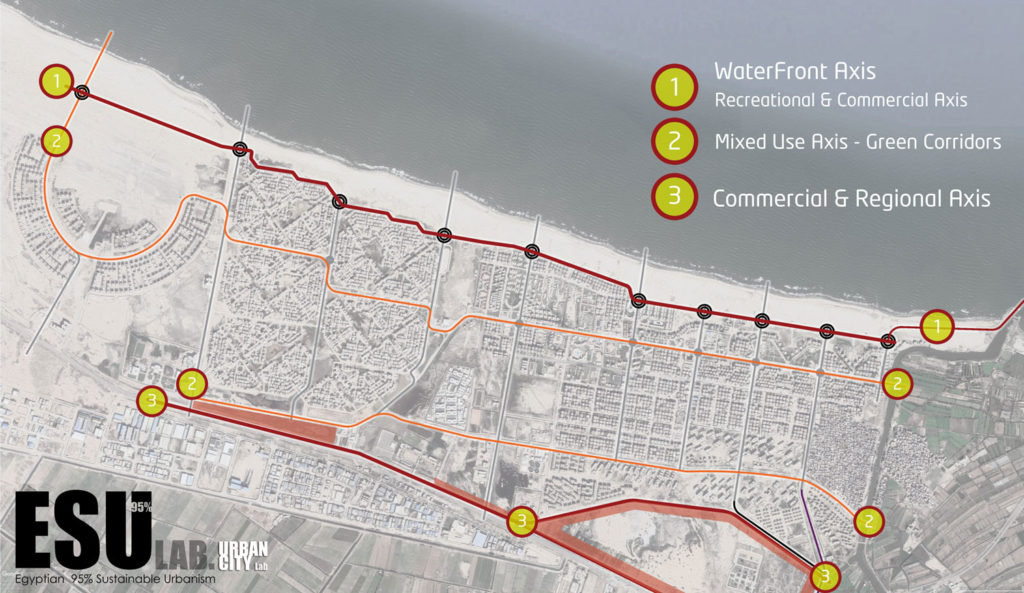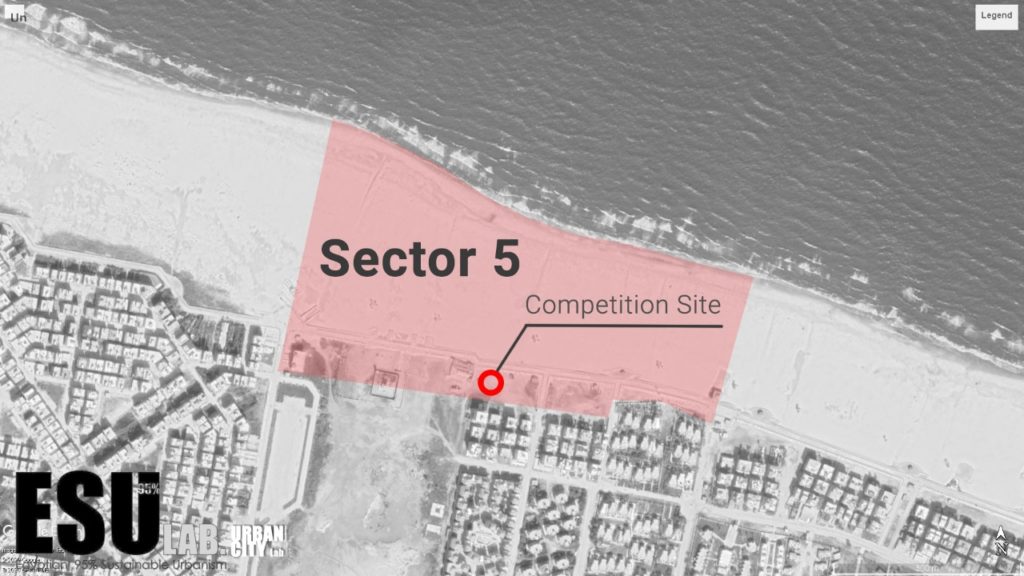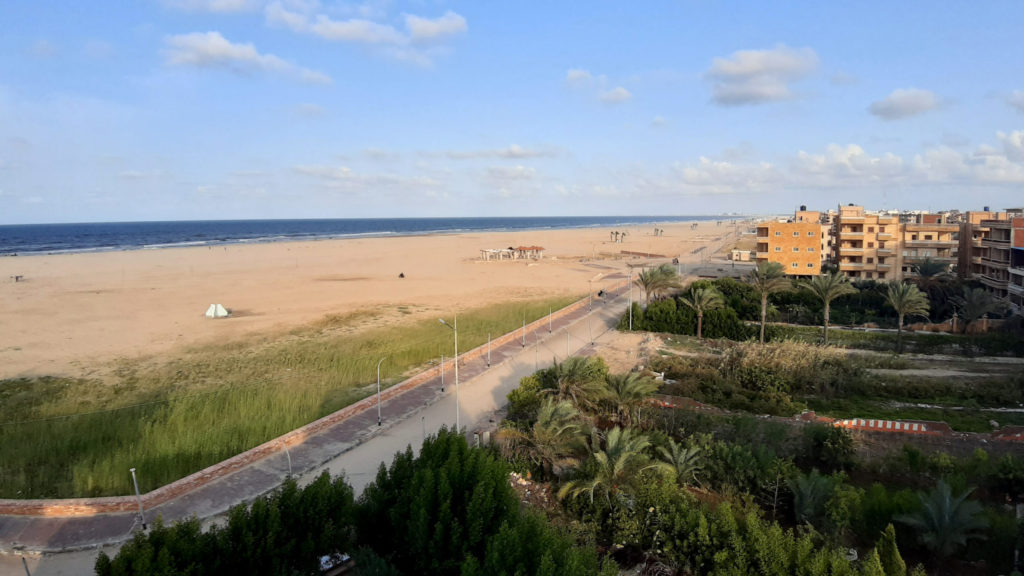Introduction
The art of building with earth is an ancient one that has stood through long time. Archaeological evidence can date entire cities constructed of earth back over 10,000 years. City of Bam, Babylon, Yemen, Egypt pyramids and the great wall of china are the few examples. Modern fashion of 20th century created a break in the millennia old developments. with earth being exploited and polluted with processed materials.
Another major roadblock for practicing earth architecture is the misbelief that houses made of earth can attain maximum height of 1-2 floors. However, Shibam, a city in Yemen debunks the above belief by building mud towers (100ft) built in the 16th century.
The many advantages of building with earth construction materials include superior thermal mass, temperature and noise control, strength and durability, low maintenance, fire proofing, load bearing and pest deterrence, high indoor air quality, zero carbon dioxide emissions as well as its beauty and the pleasure of building with a natural and environmentally sound material.
Earth construction materials is non-toxic, non-polluting and ‘breathes’. This creates safer, more people-friendly buildings. It is very low in embodied energy, and extremely comfortable to live in.
The competition brief
1st Delta-TU Student COMPETITION is the first Design-Build Competition organized by ESU-LAB as a part of the Academic cooperation DELTA-TU Partnership. The competition encourage the young architects to form a team and cooperate in providing a new concept for urban development and 1:1 design-build prototype for construction by the winning teams.
Eligible Groups
Award Prizes
1500 Euro
1000 Euro
800 Euro
+
Financial support of (3000 Euro) for materials
to build the 1:1 Prototype
Main Timeline
- Registration Deadline: 30 December, 2020 by 24:00 (UTC+02:00 )
- Question and Answer period: from 15 December, 2020 to 15 January, 2021
- Online Info-Session Event for the Competition: 16 December, 2020
- Submission Deadline: 31 March, 2021 by 24:00 (UTC+02:00)
Evaluation Criteria
- Concept / Idea
- Economic efficiency
- Functionality and Fulfilment of spatial program
- Response to Environmental challenges
- Degree of Social Engagement and Inclusion
- Integration with the Surrounding Site









